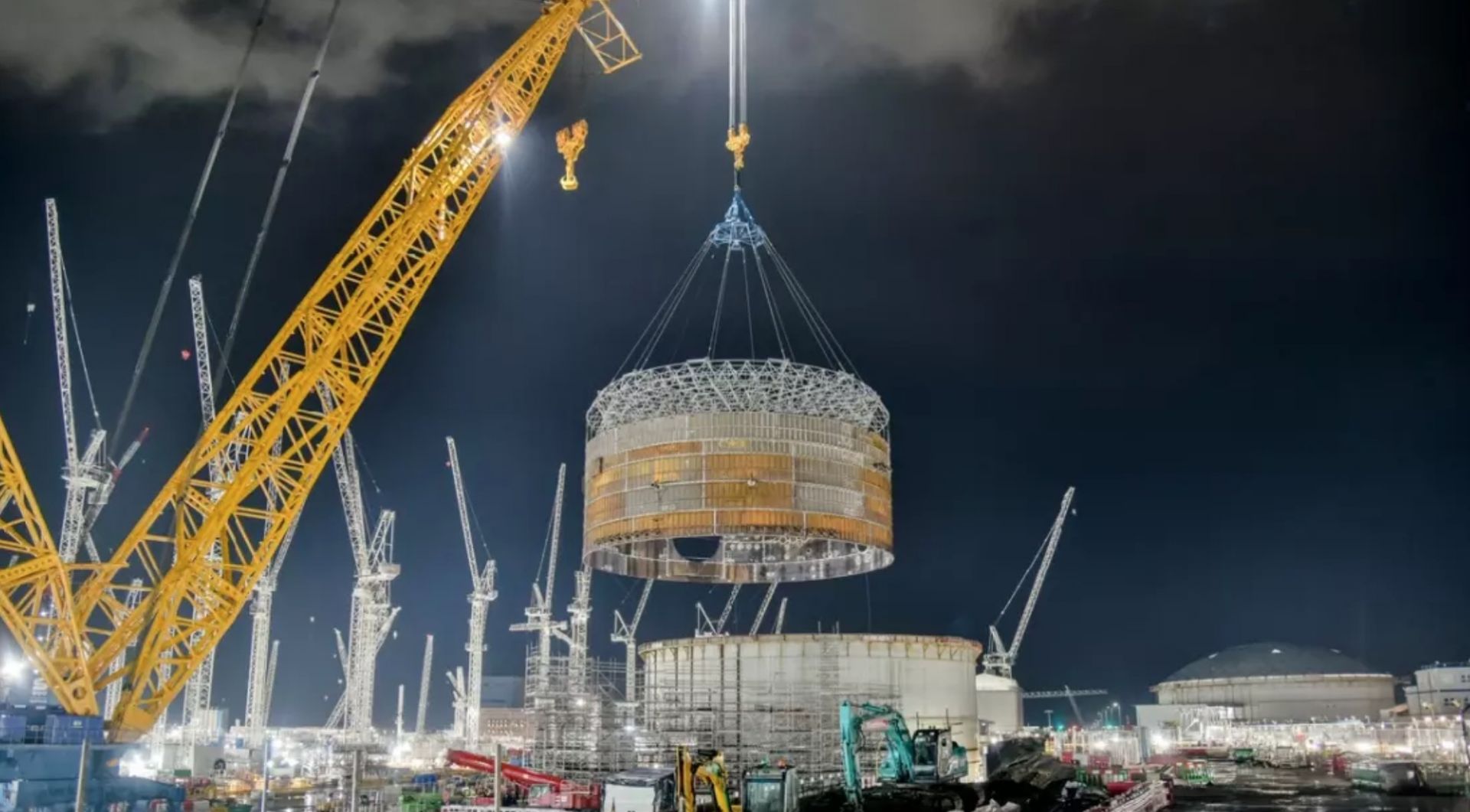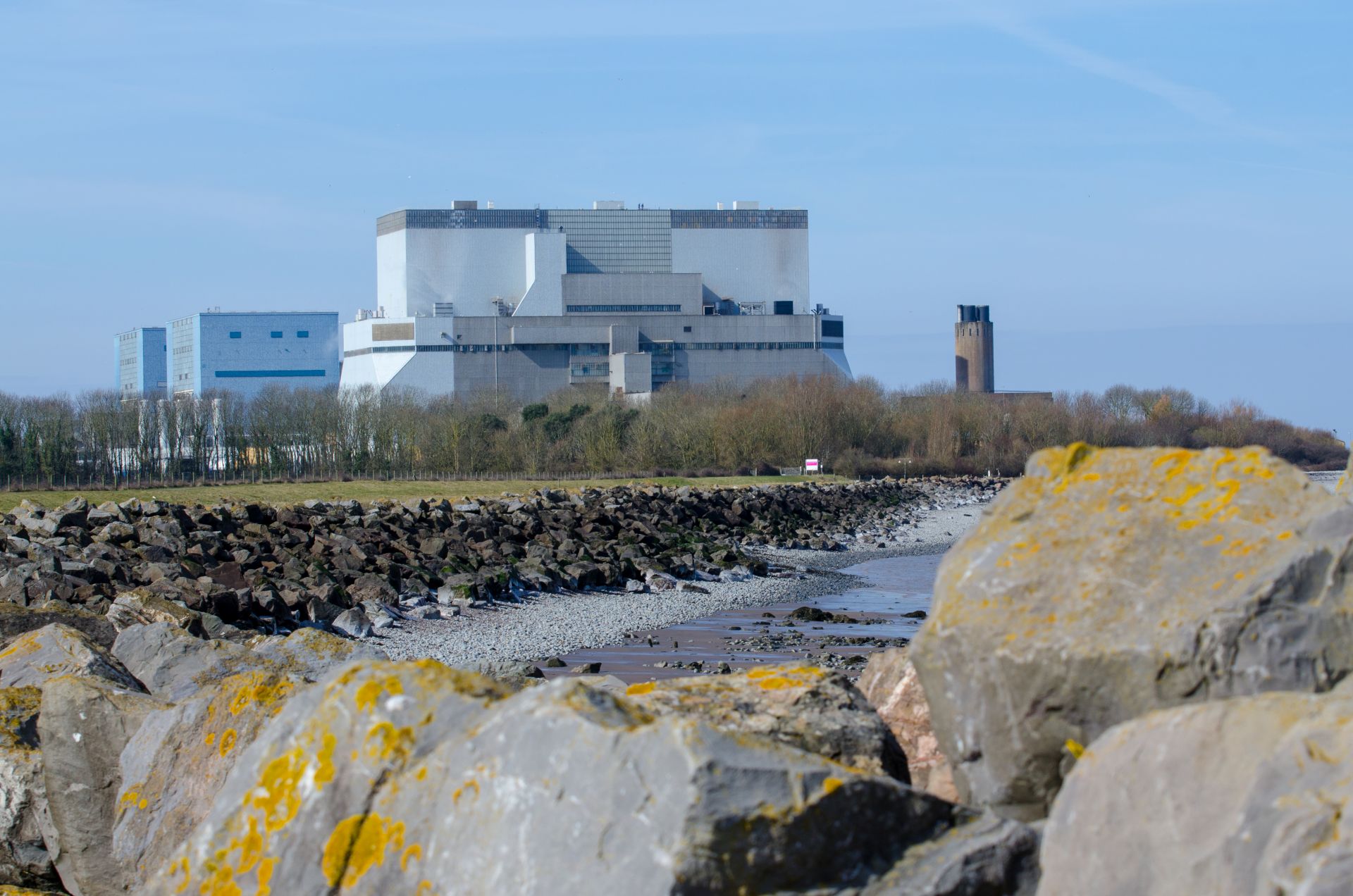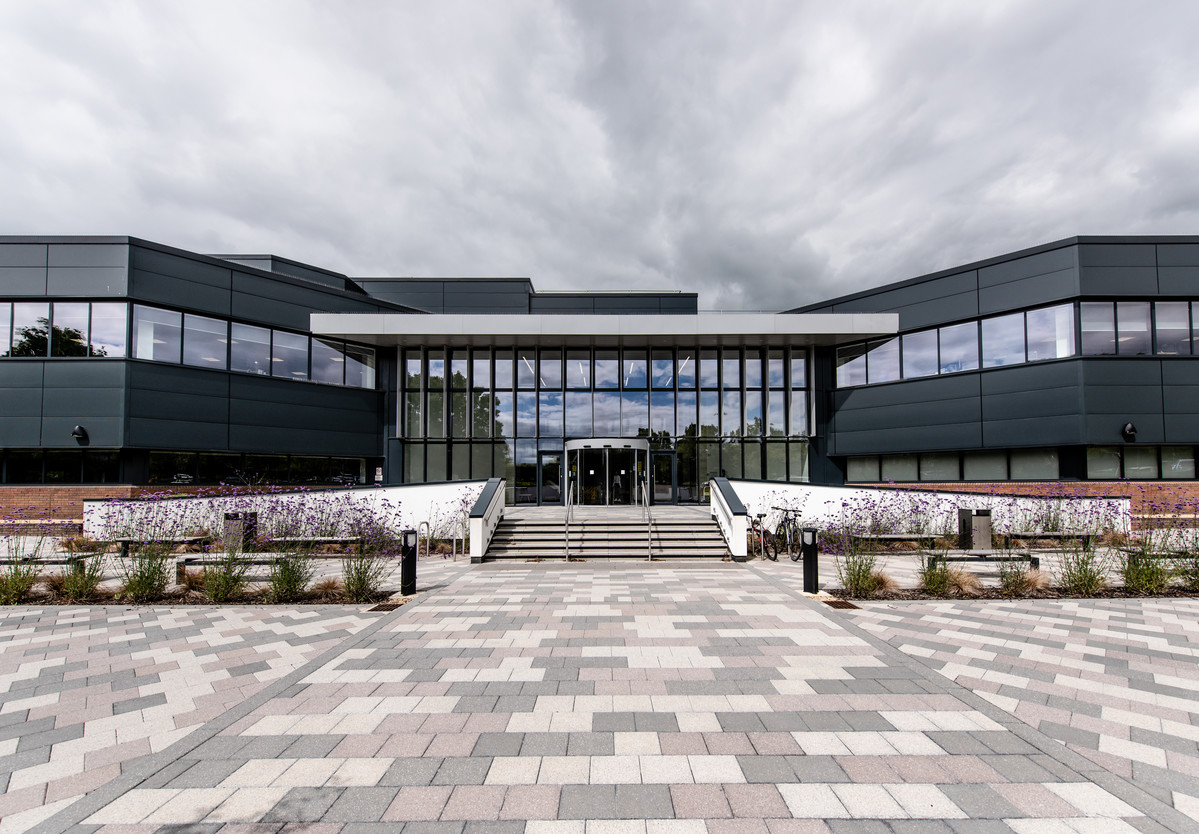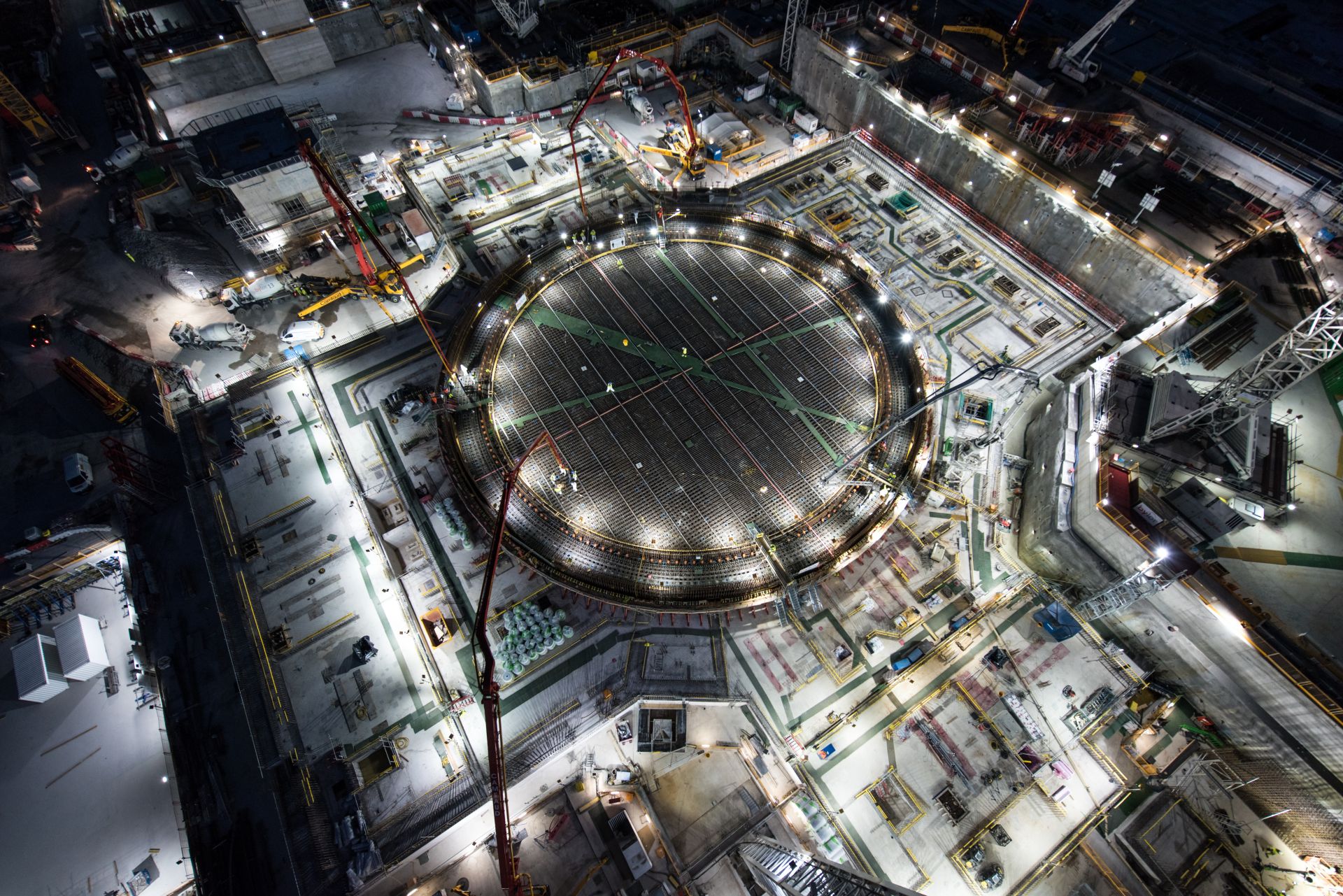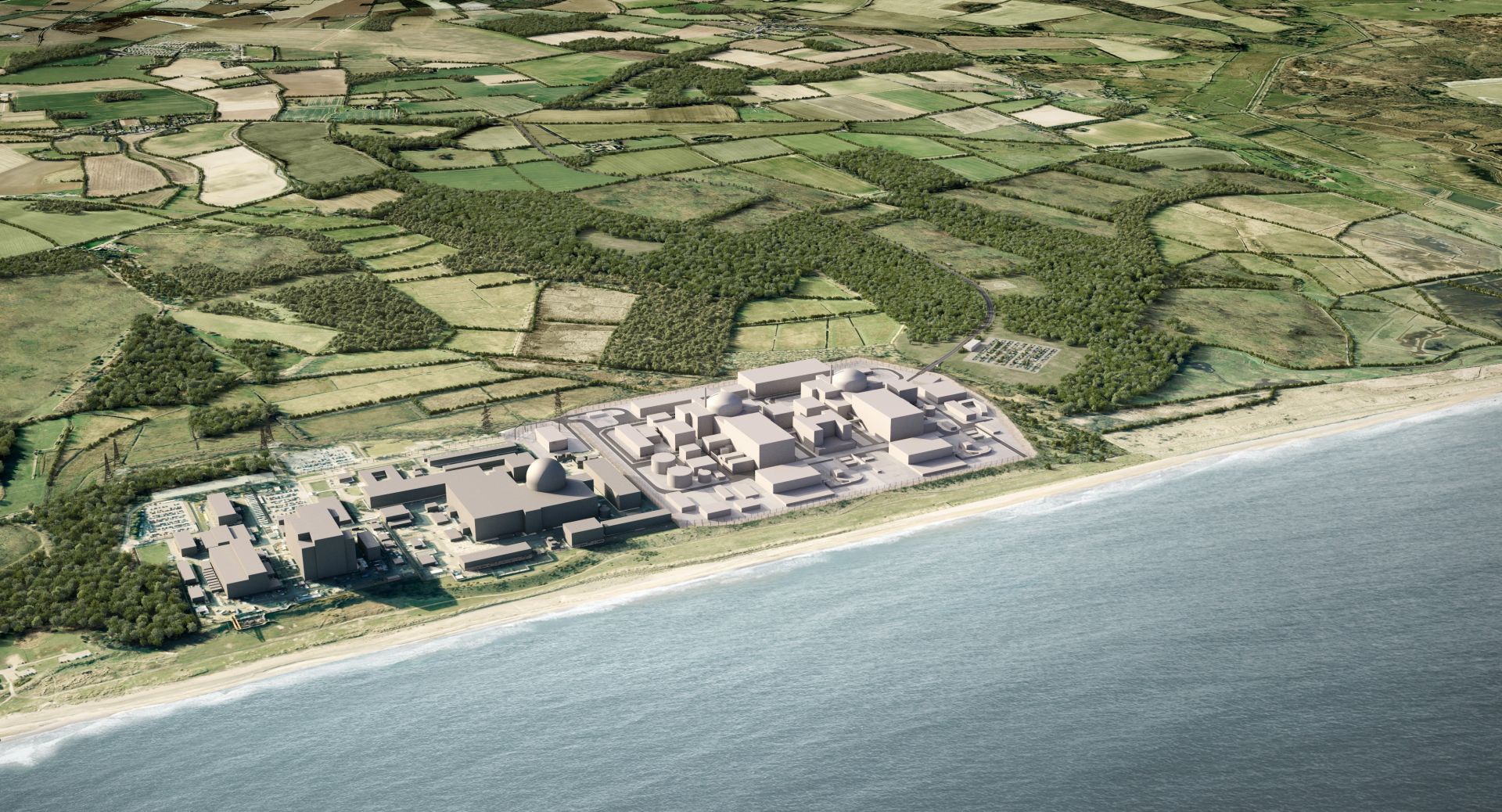Concept art of the planned Sizewell C plant on the Suffolk coast, featuring two French-designed EPRs. (Image: Sizewell C)
It’s a move that “brings to an end decades of dithering and delay, with the government backing the builders.” That’s how the U.K. government announced, with alliterative fanfare, its £14.2 billion (about $19.2 billion) investment in Sizewell C, where EDF Energy plans to build two 1,600-MWe EPRs.
The Hinkley Point C nuclear power plant. (Photo: EDF)
EDF Energy’s Hartlepool nuclear plant, in northeastern England. (Photo: Wikipedia/Geni)
EDF Energy, owner and operator of the United Kingdom’s nuclear reactor fleet, announced last week that it intends to keep its Hartlepool and Heysham 1 stations in operation to March 2026—two years past their previously scheduled 2024 retirement dates. EDF added that an additional 12 months of operation beyond 2026 is being contemplated.
The Hunterston B nuclear power station in 2018. (Photo: Thomas Nugent/CC BY-SA 2.0)
Unit B1 at Scotland’s two-unit Hunterston B nuclear power plant was taken off line for good on November 26 after nearly 46 years of operation. A 490-MWe advanced gas-cooled reactor, the unit entered commercial operation in June 1976. Its companion AGR, Unit B2, which entered operation in March 1977, is scheduled for retirement in January.
“Big Carl,” the world’s largest land-based crane, lifts the second of three prefabricated steel rings that will form the reinforced cylinder around the nuclear reactor at Hinkley Point C from its bunker to a lay-down area in late April. (Photo: EDF)
EDF has signed a new membership agreement with the United Kingdom’s Nuclear Advanced Manufacturing Research Centre (AMRC) to drive innovation in low-carbon power generation and support U.K. manufacturers, the University of Sheffield–based center announced recently.
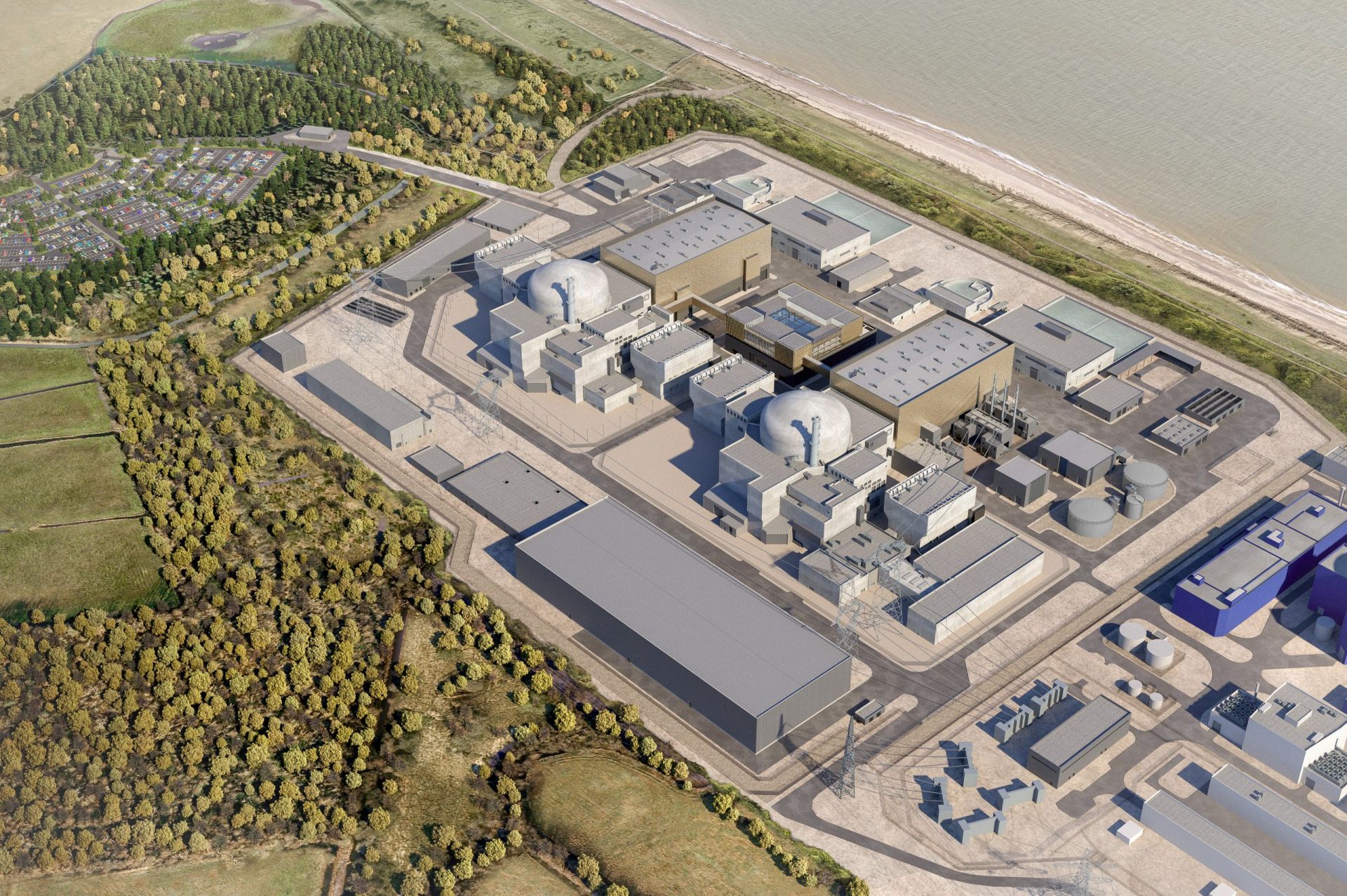



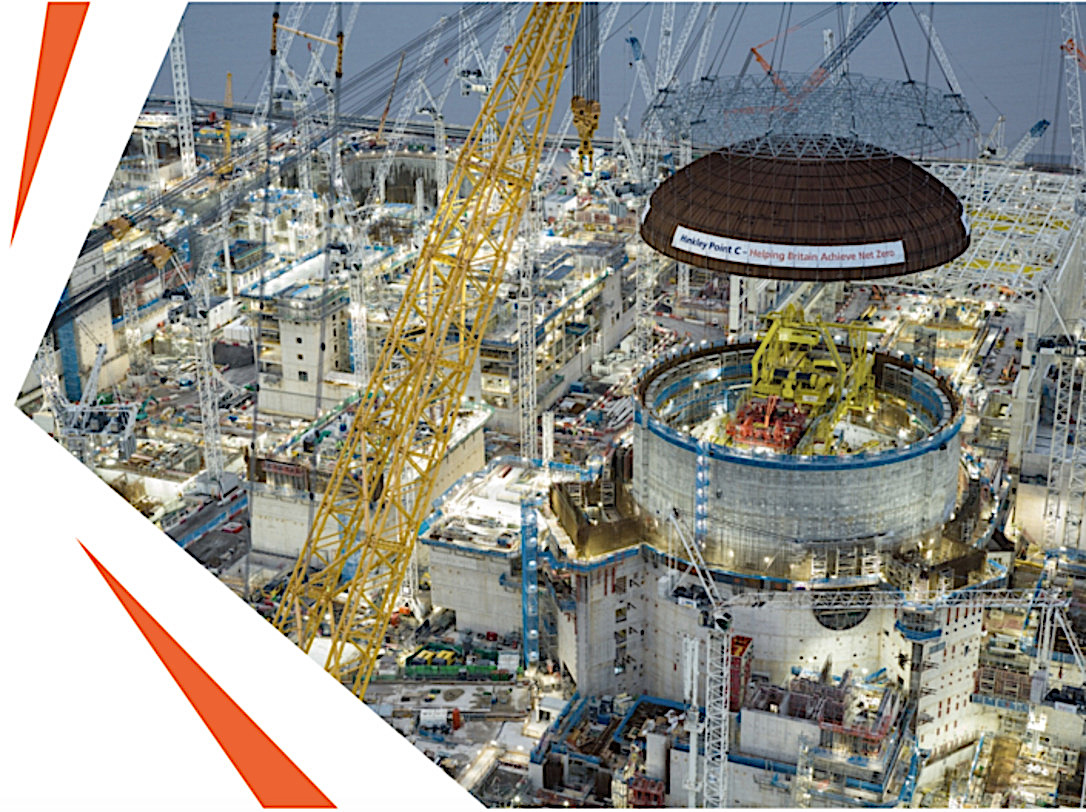
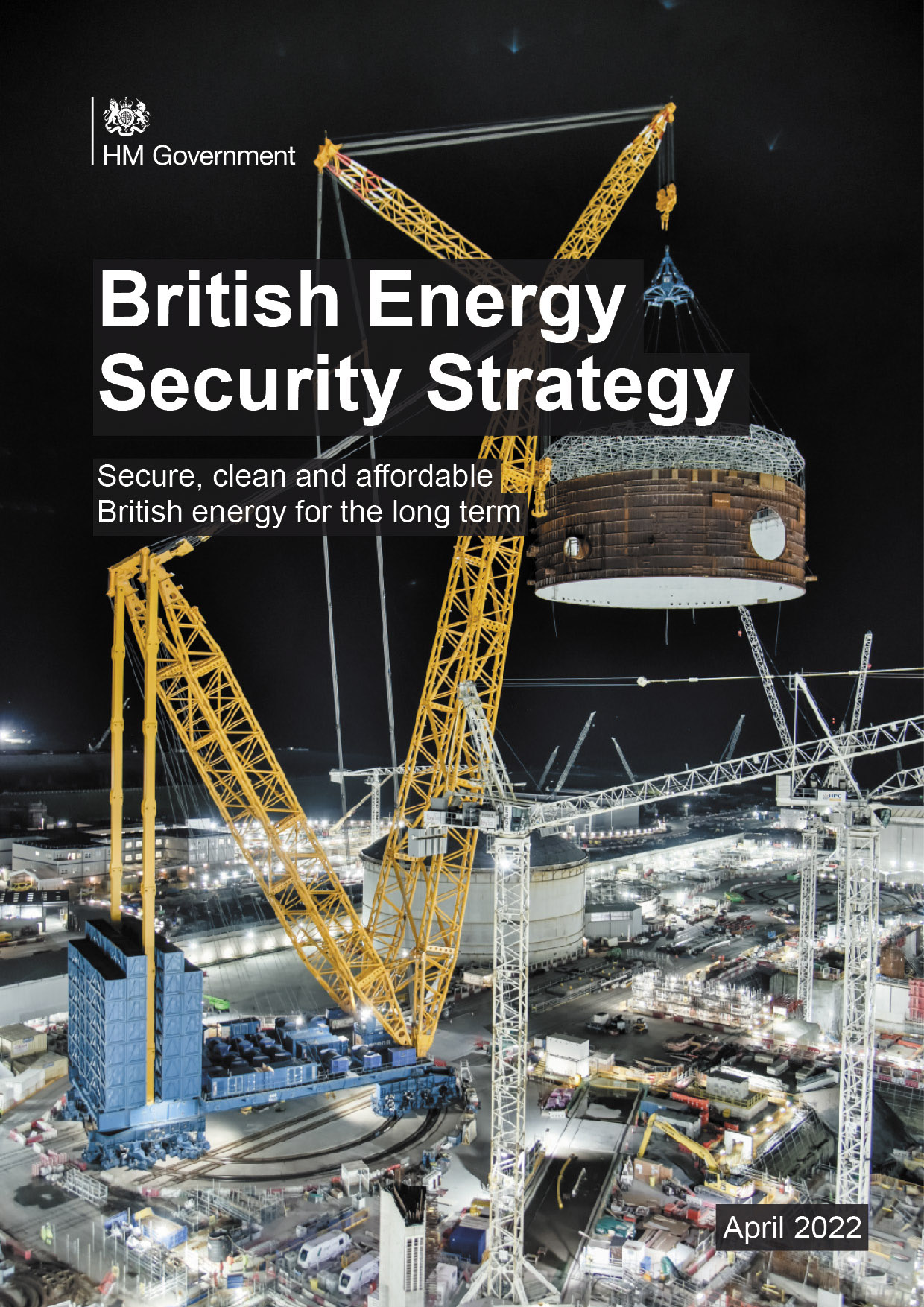
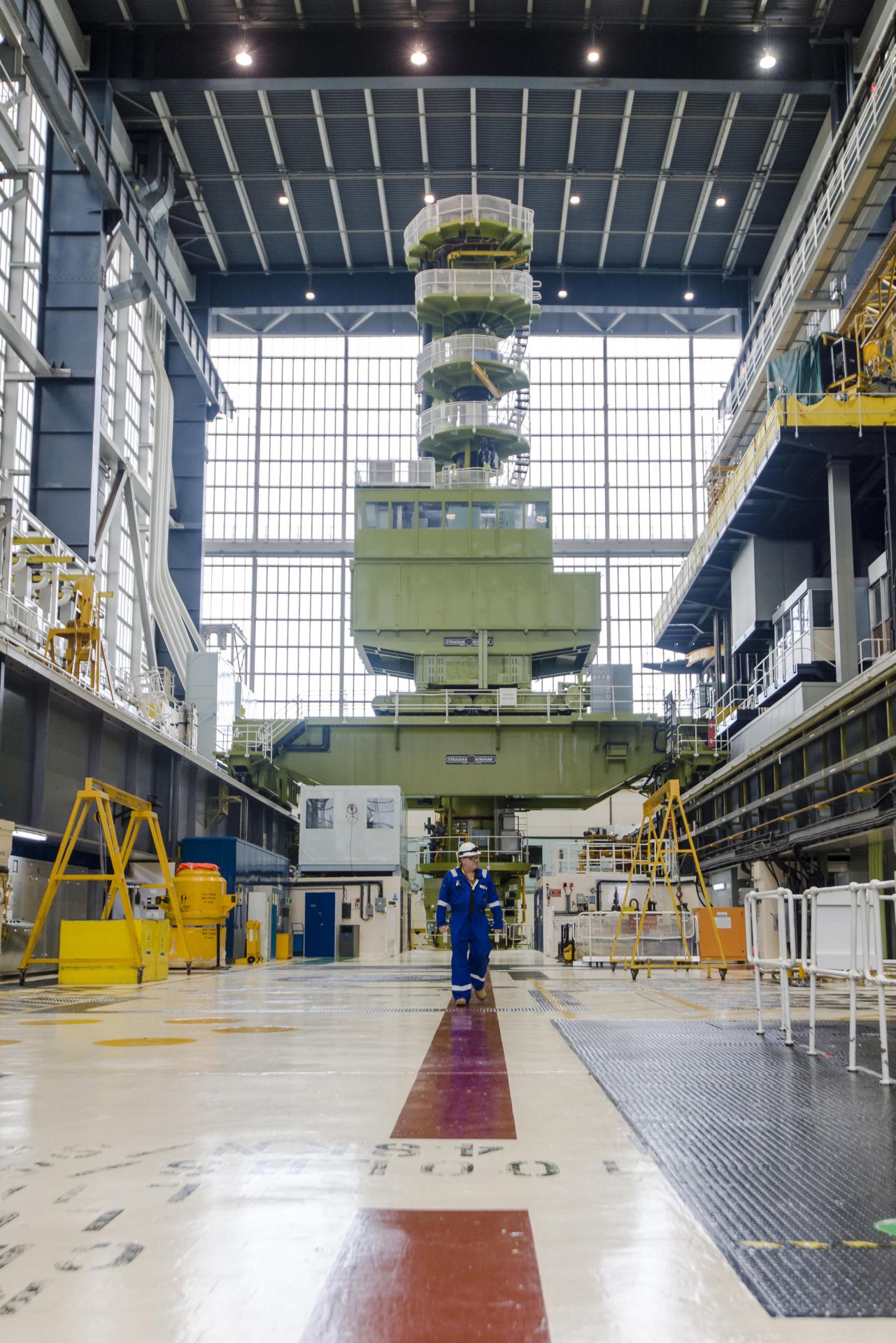
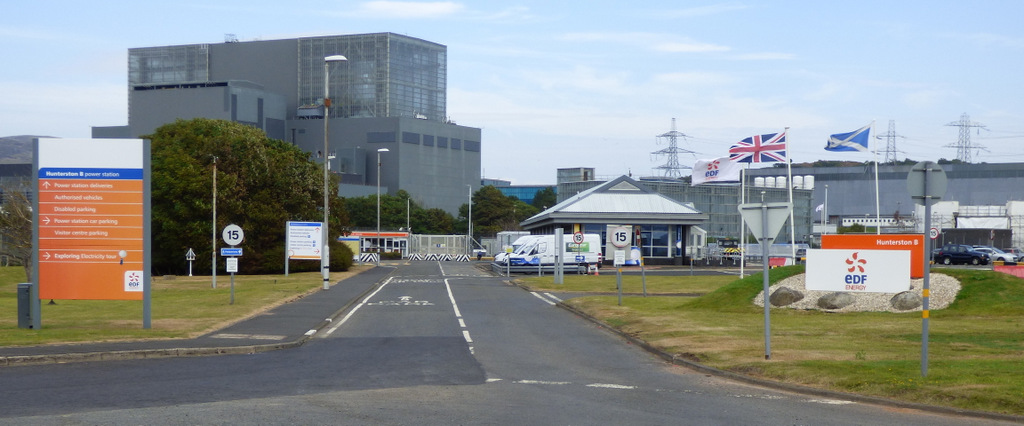
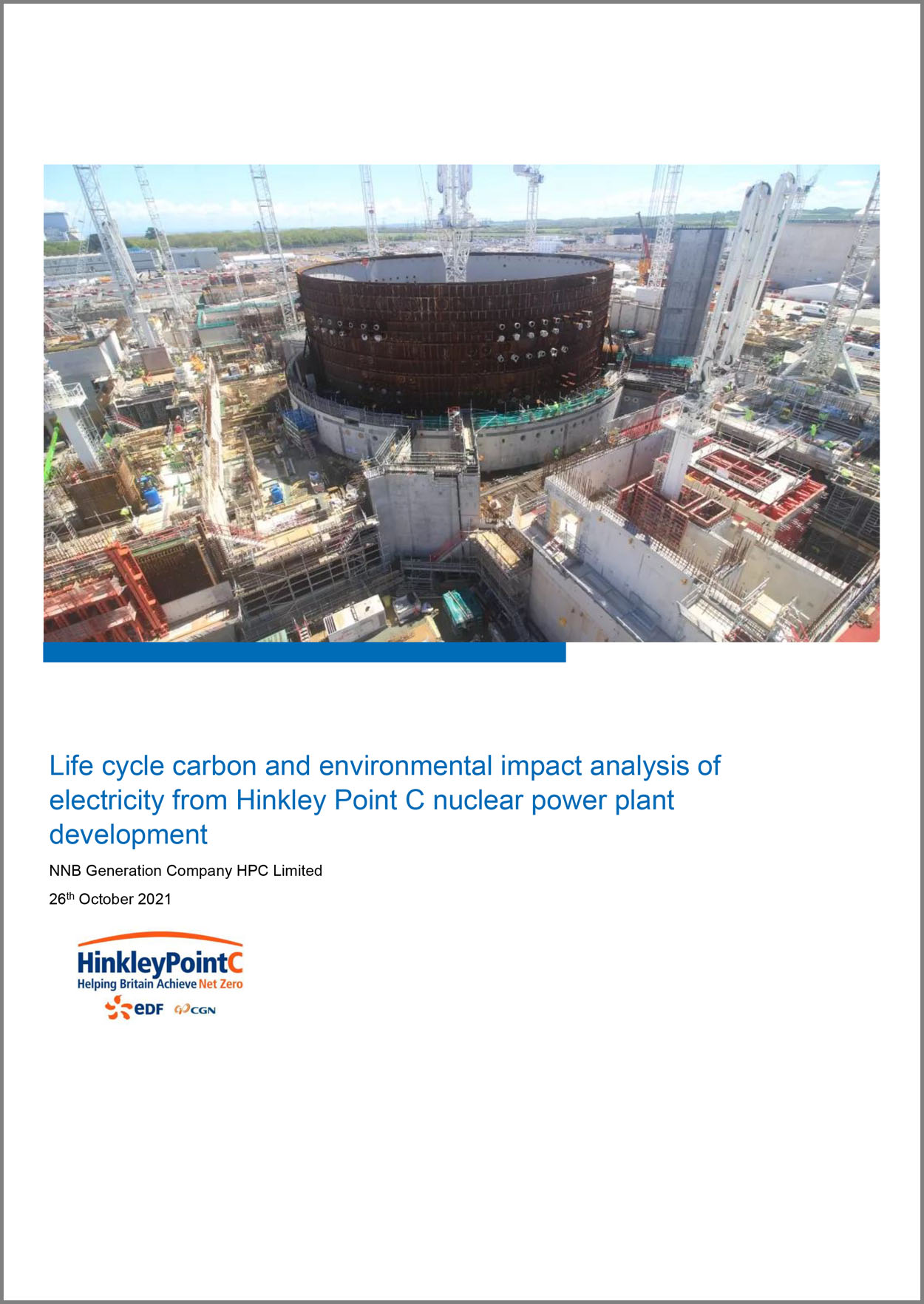 A
A 